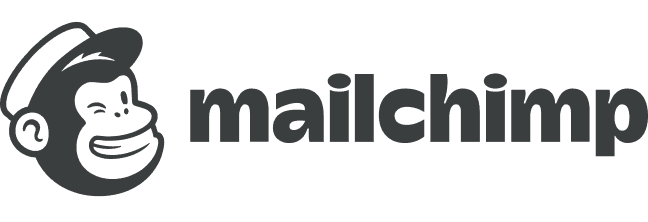
Christina Scannapiego
Director, Content Marketing
The effects of 2020 on SMB were varied, to say the least. By the first US lockdown, 140,104 businesses were marked “temporarily closed” by Yelp—and sixty percent of them had permanently closed come fall. Fast forward to February of 2021, and three out of every 10 small businesses in the US thought they wouldn’t survive the pandemic without additional government assistance. Eight in 10 minority-owned businesses said they were in poor financial condition, even after receiving government assistance.
But now, two quarters into 2021, the economic landscape — and much of humanity at large — seem to be stepping back into the light after all that volatility. In fact, by Q3 of 2020, the US saw more business applications than it had in the previous 15 years. And according to a customer-relationships survey we recently did with Engine Insights, 88% of respondents believe their business revenue in 2022 will be stronger than in 2019. Plus, 73% expect to increase the size of their sales and marketing teams in the next year.
As surviving businesses breathe that heavy sigh of relief, though, the not-so-distant 2020 keeps tugging at our sleeves as a reminder that uncertainty is the only sure thing at the moment. Because, even though we’re on the verge of a post-pandemic boom, some historical studies have shown us that following similar events, America felt like “a sick and tired nation,” with evidence of consumer caution and problems related to the “supply side” of the economy. Sure, we’re eating up optimism with good reason — but with a heaping side of wariness.
Unpredictability prompts us to realize the importance of gauging our wellbeing, efficiency and productivity at all times, with total visibility and clarity into business insights from a reliable source of truth. We’ve learned that staying agile and making decisions quickly builds resilience. Business leaders need easy access to the right key points to build a story that makes sense and offers clear direction. Our global mission to preserve the health of humanity extends to our business ecosystem in 2021. We need to have the right resources to do so effectively.
What’s certain—and what isn’t—about business reporting
The problem is, analytics and reporting is a weak spot for businesses. And it’s an especially weak area for small to midsize businesses (SMBs) because many SMB leaders wear too many hats, struggle to keep track of business metrics, don’t have an easy tool, or may be afraid of the details.
We recently surveyed more than 100 SMB professionals on their experience with reporting and CRMs to see if we could shed light on the state of reporting for business leaders. We looked at how and why so many SMB professionals across industries use multiple data reporting tools to cobble together the story behind their business’ wellbeing. We were also curious to gauge their confidence levels around their grasp of their business health.
As it turns out, very little is clear when it comes to reporting for SMBs. Most companies simply don’t rely on a single source of truth for their business reporting. Nor do they have a whole lot of confidence in the numbers they are receiving. It’s a struggle shared by companies of all sizes, and from what our survey tells us, there’s no “holy grail.”
Some of our survey’s findings include:
- Many SMB professionals still don’t have a reliable source of truth for data analytics, highlighting a cumbersome approach toward reporting.
- About half of all respondents either used four or more different tools (i.e., Excel and Google Sheets), or couldn’t keep track of how many they used.
- A sizable number (51%) of SMBs using a CRM said they only “somewhat agree” that the information stored in the tool allows them to understand their business’s health.
- Many CRM users (53%) “export data and create and manage reports in a separate tool.”
So how do we solve this reporting conundrum? Stay tuned for our full report.










